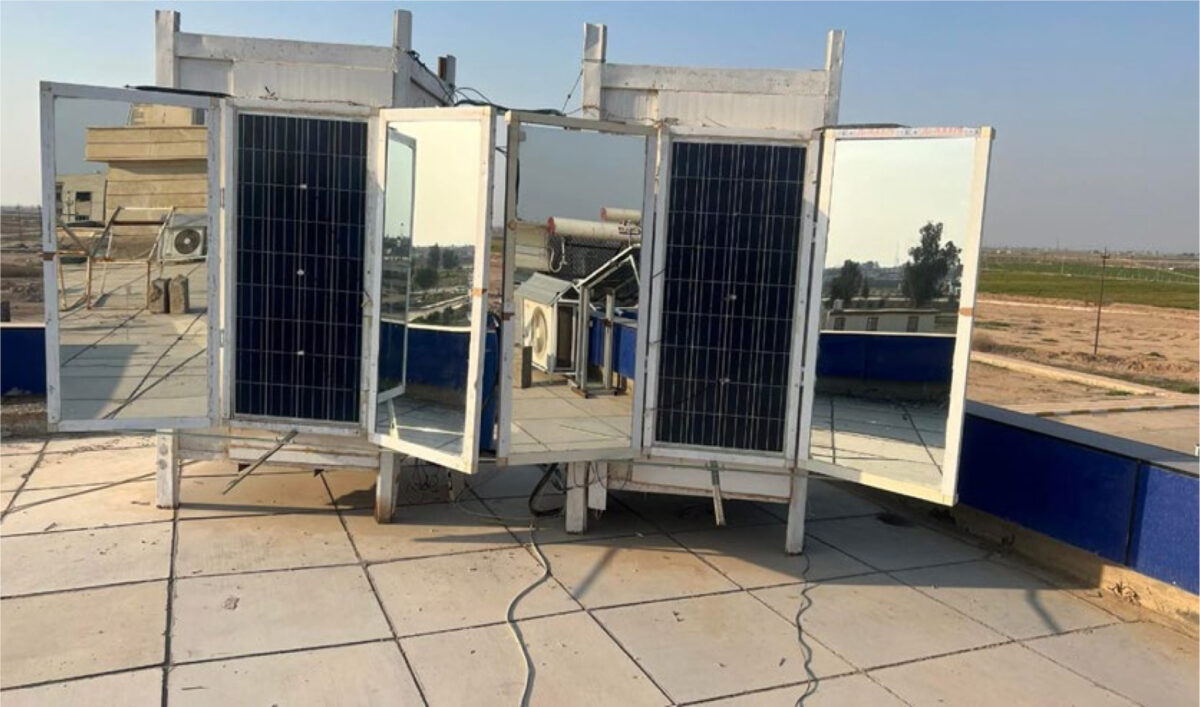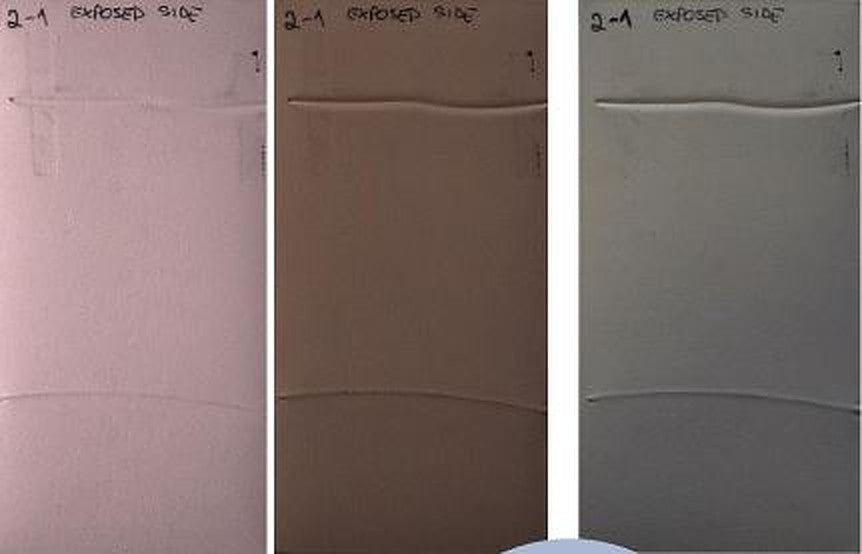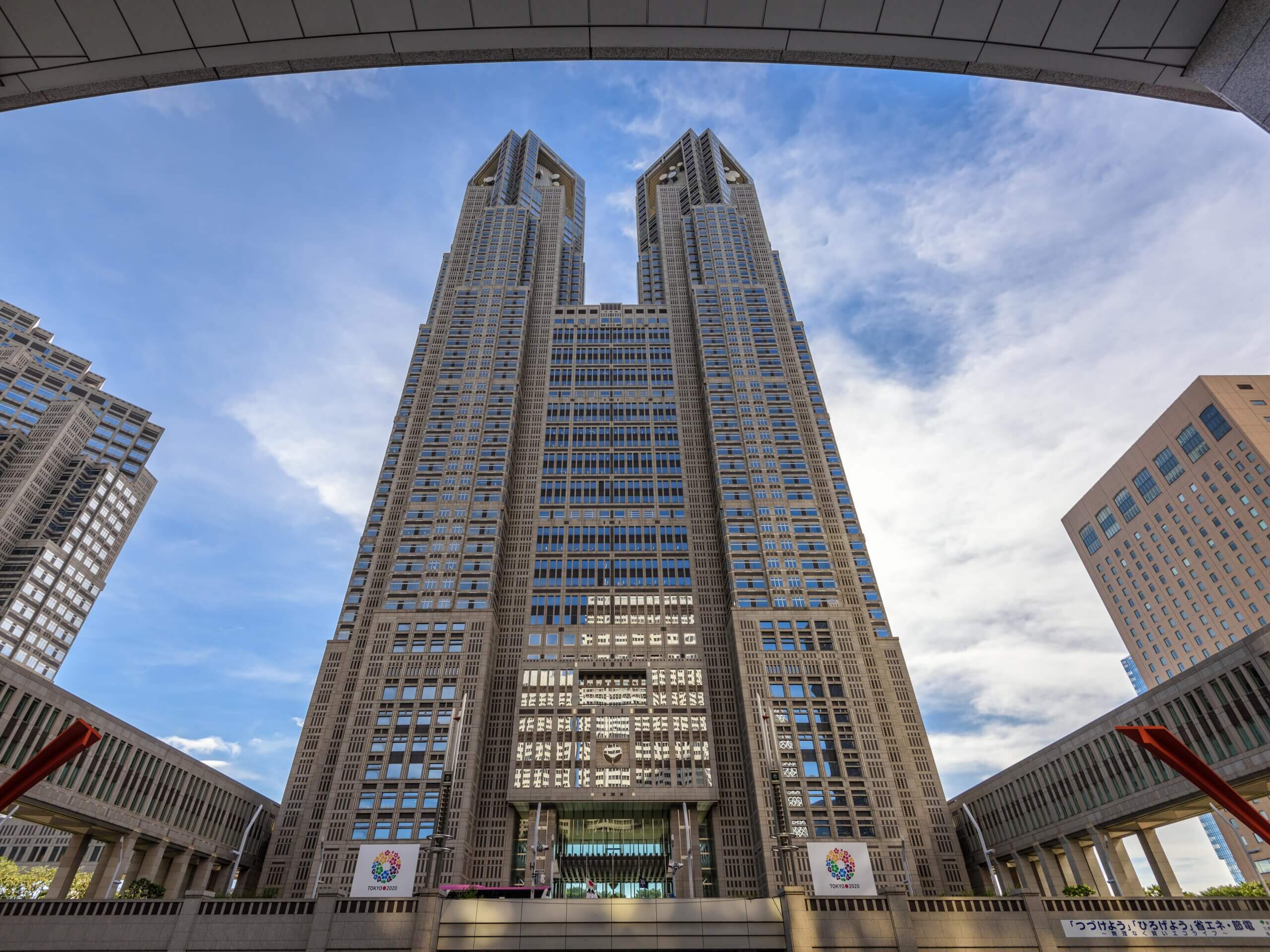https://www.pv-magazine.com/2023/07/19/photovoltaic-trombe-wall-system-to-provide-heating-electricity/
Photovoltaic Trombe wall system to provide heating, electricity

Illustrative photograph of two experimental chambers with reflective mirrors.
Image: Northern Technical University, Energy Reports, Creative Commons License CC BY 4.0
An Iraqi research group has combined solar PV power generation with a Trombe wall (TW), which is also known as a solar wall, a technology used to passively heat buildings. TW is a wall-building design made with basic building techniques that draws in heat from the sun and then distributes it throughout a building without the use of electricity or other machinery.
The Photovoltaic/Trombe wall (PV/TW) system is described by its creators as a system that can provide hot water, hot air, and electricity, with the TW system also being used to cool down PV module temperature. TWs are also often designed with reflective mirrors to boost the efficiency of energy production and porous materials, phase change materials (PCM) or nanofluids may be utilized to boost the system's overall efficiency.
With their work, the scientists sought to find the best inclination angle of the reflective mirrors with the ultimate goal of improving both the thermal and electrical performance of the system. “The influence of reflective mirrors was studied with the introduction of a DC fan and heat exchanger, with a study of the influence of different weather conditions for the two systems to verify the functions of the photovoltaic Trombe wall,” they explained.
The experimental setting consists of two chambers equipped with solar panels and reflective mirrors. One of the two chambers utilizes a heat exchanger placed behind the PV modules, while the other one has no heat exchanger. The mirrors were placed on the right and left sides of the south face of the system and were fixed to the ground using an iron base. Each chamber has a length of 1.25 m, a height of 2 m, and a width 1.25 m.
The researchers tested three different inclination angles for the mirrors, of 30, 45, and 60 degrees, respectively. The performance of the system was tested via temperature sensors and an Arduino system. Two DC fans were set up on top and two at the bottom of each chamber and a water pump was used to circulate the water inside the heat exchanger.
Popular content
“The electrical and thermal performance of the (PV/TW) system was assessed in this study by determining the heat absorption rate of the duct’s air and the heat exchanger’s heat absorption rate and calculating the electric power that can produce by the PV panel,” they explained. “The value of temperature, current, and voltage of each of the PV panels and the temperature of entry and exit of water, fans, and indoor room are recorded every hour.”
Through their analysis, the academics found that the best inclination angle for the reflective mirror, when using the heat exchanger, is 30 degrees. They said this system configuration enables the greatest daily electrical efficiency of 13.86%. “The use of water passing via the heat exchanger behind the PV panel increases overall performance by lowering the PV panel temperature,” they added, noting that the PV panels’ temperature is also lowered by the DC fan in the PV/TW system.
The system is described in the study “Optimum angle of reflective mirrors integrated on PV/Trombe wall: An experimental assessment,” published in Energy Reports. The group includes scientists from Al-Kitab University and the Northern Technical University in Iraq. “For future recommendations, it is suggested to study the influence of phase-change materials (PCM) for the PV/Trombe system with the presence of mirrors and the use of a double air duct,” they concluded, indicating directions for future research.
This content is protected by copyright and may not be reused. If you want to cooperate with us and would like to reuse some of our content, please contact: editors@pv-magazine.com.




